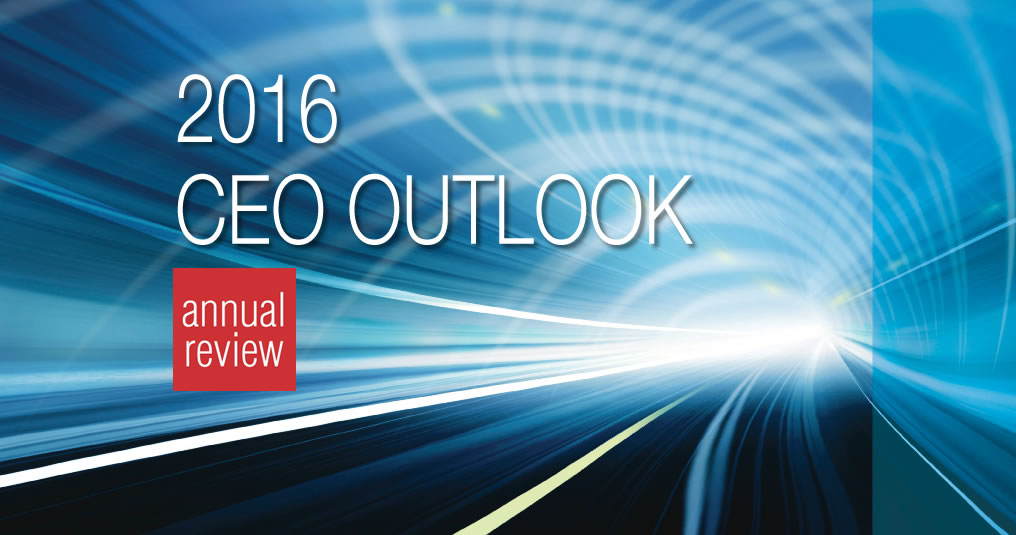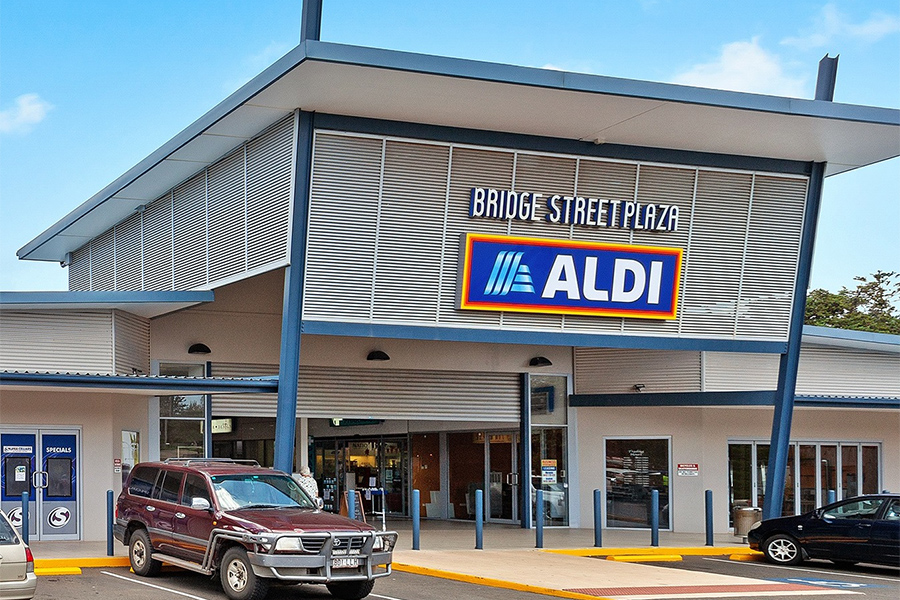See Sam Curry speaking at the Big Guns lunch – video below
Where to from here, and what’s next in the retail and consumer space? Will 2016 show more of the same from 2015, or are we going to see big shifts in how the consumer engages with the retailers and vice versa? And what, as providers of space, do we do to assist and encourage greater engagement with our customers and consumers?
To understand what direction we are heading in, to make the greatest and most relevant impact, we need to look at what unfolded through 2015.
2015 introduced to Australian retail a number of new local and international brands which has continued the wave over the last 2 – 3 years in the market. It would seem logical this will continue through 2016 and beyond, as businesses look to increase market share globally and tap into what, for some, is seen as a very young market but with solid foundations. Australia has a very small share of the global brands and, as logistic networks for global brands get set in our region, so will their ability to undertake store roll-outs. New products and retail variety has to be seen as a positive for the consumer.
Advancements in technology could also not be ignored through 2015, with more retailers and property owners and developers introducing improvements and efficiencies to their businesses, not just from a store network perspective but also offline and within their business operations. Technology and improved digital opportunity has to be a key driver for all businesses through 2016 if they are to understand and connect better with their customers and provide real value back to investors.
A focus for any retailer or property owner through 2016 will also be how you differentiate yourself and your product offer from your competitors. This is something that is not easy to achieve for most. Adapting existing business models to customise better for your target market (which can change over time) needs constant attention and focus.
With the above in mind, three areas where we believe attention is needed through 2016 as a business is around,
1 customer engagement (our retailers and the consumer),
2 digital experience and connection, and
3 product differentiation.
These areas are equally applicable to the retailers who have the difficult challenge in meeting what is an ever-growing change in consumer choice, behaviour and loyalty around spending habits.
Customer engagement
For ISPT, how we interact with and understand our customer (the retailer) is critical for our business’s success. This success and the success of our customers business is without doubt a partnership that must align. Through 2016, ISPT will be looking to engage more closely with our customers to gain greater insights into how their businesses operate, and understand what changes or disruptors they are facing or could encounter in the future, so we can be better prepared and adapt where required. Greater and more insightful conversations around operating models, store designs, sustainability initiatives and partnership opportunities for innovation will be at top of mind rather than just rent equations. If we understand the business better, can align with customers’ thinking, we can then better prepare ourselves to assist with driving growth for the customer.
One area in this partnership which is of interest is how sustainability can play a more critical role in how our businesses prepare for the future. Having been involved in a very interesting internal project over a nine-month period about the future, sustainability was a big topic of conversation. Some of the stats being presented about our fossil fuels, the longevity of these and their damage (real or otherwise) is concerning. Partnering with like-minded and responsible customers to investigate and implement new forms of sustainability will be a focus for our business with a long-term view. It was with interest I read a recent article about the French government implementing solar technology onto roads. Panels will be installed on a 1,000km stretch of road surface, with a view to power 5 million households. The success of this project is unknown but such initiatives should be followed closely and, where possible, adapted by property owners into existing assets and new projects. Where we can improve environmental outcomes and reduce costs for all business, we should be placing the spotlight on these areas through 2016.
Digital experience and connections
As a regular commuter on public transport over many years, the increased use of mobile devices by fellow passengers has been staggering. I can’t recall the last time I saw a newspaper reader on the train. There would be well over 80% of people on the train who are using a mobile device through their journey, and I suspect a large portion will be researching products with the intent to purchase – online or in-store. The stats are also out there for all to see – recent Azurium paper ‘2015 in Review’ indicated that in 1992 there were 1 billion connected devices, by 2015 it was 18 billion and by 2020 it is predicted to be 50 billion. If we do not continue to improve our connections and experience with the consumer, and a consumer who is fast growing up with the simple expectation of being connected, then we will fall well behind where the market is moving.
Through 2016, ISPT is focusing heavily on our digital connection and customer experience. What seems cutting edge today will soon be superseded, and we as a business need to be across these changes and perhaps investigate and develop our own opportunities with the right partners. With the right targeted conversations with our customers and the consumers who use the space, we hope to deliver space that connects in a relevant manner. Winning a customer or consumer is difficult; keeping them loyal and sticky to your brand or offer is even harder if you don’t provide a service or product that continually surprises and adapts to their changing needs.
Through all this, we need to make customer and consumer connections simple and efficient, on-target, adaptable and cost-effective. Consumers, most of whom are time-poor, are looking for a connection they can trust and be confident in the knowledge of being satisfied with the purchase. As a property owner, the connection at the centre needs also to entertain and excite. People are looking for an experience when they decided to spend time in centres. The centre and the retail brands need to work in unison to make this happen and keep the consumer coming back.
Product differentiation
Understanding your target market is fundamental in making sure the product you offer, be it a service, goods or the physical space, resonates with the consumer. As more and more businesses improve their sophistication in data collection and, more importantly, the analysis of this data, the more tailored property owners and retailers can become with their offer. I suspect there are many businesses out there that have the ability to collect the raw data ,but very few are set up to undertake meaningful analysis of the data to then inform strategy and decision-making. This analysis needs to be a key consideration through 2016 to execute and provide the right product.
ISPT has a very diverse retail offer across our various funds, from small neighbourhood to large super-regional centres and therefore product differentiation must occur. Our job is to make sure what we deliver as an experience to the consumer works with what the target market requires. Through 2016, partnering with the right businesses, be it architectural or with leading retail brands, will be a key consideration to make sure our product offer remains relevant. One project currently under development in Wagga Wagga and due to open mid-year has worked with the local community and a boutique design firm to make sure the built form stays true to the Wagga Wagga region and its heritage. This product offer will be unique to this area and unlikely to be replicated in our other centres. For the consumer, the retailer and also our team, this creates a great opportunity to make this offer their own.
In summary, 2016 will show growing signs where 2015 started, but with greater and greater focus for both the retailer and property owner on the connected consumer and product relevance. Capturing the dollar spend is fundamental to both the retailer and the property owner to succeed, and those that have a structure in place to roll out and execute with the consumer front of mind and connected,will prosper.
For ISPT, we have an exciting year ahead with a number of centre openings, including Wagga Wagga NSW, Warriewood NSW and Halls Head in WA in partnership with Vicinity, and a number of recent acquisitions such as The Well in Victoria and World Square, NSW (in JV with Arcadia) which provide great opportunities to build on our retail capability and strengthen our various partnerships with JV investors and retailers.




















